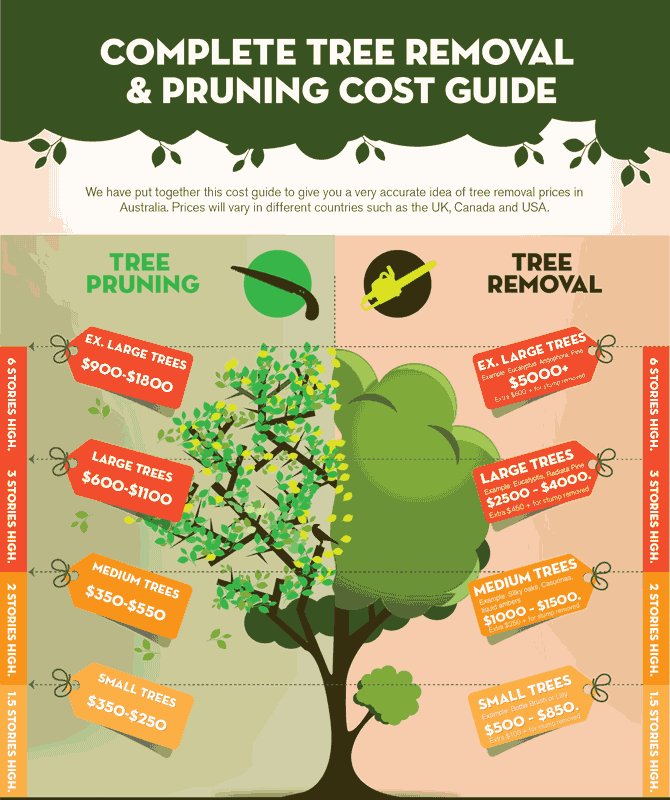Guarding Your Landscape: Replanting After Tree Elimination
Guarding Your Landscape: Replanting After Tree Elimination
Blog Article
Written By-Asmussen Haaning
Tree elimination can leave a gap in your landscape that requires filling. You can plant something brand-new in that area, but it takes additional treatment and focus at the beginning to help it thrive.
The soil in that area will certainly maintain changing with time as bacteria break down the old roots. That can affect the nutrition balance and physical space for new growth.
Dirt
The soil in a plot where a tree has been gotten rid of is most likely to be extremely various from the rest of your yard or backyard. The roots of the old tree and the stump will have altered the soil, eliminating some nutrients and possibly crowding out other plants. In linked web site , if the previous tree was diseased, the contagious representative might still be in the ground.
The existence of roots promotes a rich and diverse neighborhood of dirt microorganisms that boosts necessary procedures like nutrient cycling and raw material decay. Without these bacteria, the displaced dirt can end up being less productive and nutrient-depleted, with an unfavorable impact on plant development.
Before replanting, the dirt needs to be eliminated of particles and organic product (such as timber chips from stump grinding). You might desire to mix in potting dirt or indigenous dirt with this garden compost to provide your brand-new planting with a setting that is well balanced and loaded with nutrients.
Water
Tree origins absorb large quantities of water from the dirt. This procedure also adds nutrients back to the dirt, especially nitrogen, which is important for new trees and plants. Unfortunately, old soil can be depleted of these vital minerals due to the decaying roots and stump from a gotten rid of tree.
This is why it is very important to have a plan for the future of your landscape. Ideally, the most effective time to plant is when you have a clean slate.
Whether you're growing grass or blossoms, make certain to use a soaker hose pipe to stay clear of overwatering your brand-new landscape design. If the area was a yard, ensure to cover the soil with natural mulch to aid keep wetness in the dirt, manage dirt temperature levels and reduce weeds. This likewise offers a layer of security for young plants and promotes worm activity. After that, routinely replenish the mulch to proceed boosting the dirt nutrient density and microbial life. This is called soil restoration.
Light
Trees are a terrific enhancement to any kind of landscape, providing shade, visual pulchritude, and many other benefits. Nonetheless, occasionally trees come to be undesirable as a result of a range of reasons, including disease, insect invasions and all-natural aging.
In such instances, it may be necessary to eliminate a tree. It is necessary to take into consideration the value of a particular tree in your landscaping and take the appropriate actions to ensure that the elimination is done safely and efficiently.
Throughout the late summer season, it's an optimal time to do upkeep and assessments on existing trees. Look for indicators of illness, insect invasions, or structural damages, in addition to any prospective threats such as damaged or leaning trees.
Before beginning any construction jobs, make certain to protect the root areas of existing trees by avoiding soil compaction and rating around them. Raw material, as it breaks down, can produce harmful gases that are detrimental to the origins of a tree. It's also an excellent idea to mulch the area around a tree after construction has actually ended up to save moisture and suppress weed growth.
Temperature
Trees are essential to a landscape for their visual allure, but they additionally play a crucial role in the regional ecological community by providing color and windbreaks. They sustain wildlife environments and reduce the quantity of co2 in the air, which can contribute to global warming. This is why it is recommended to replant trees after getting rid of one from the building.
When replanting a new tree in the place of a previous stump, the dirt might not have sufficient nutrients to support it. It is best to wait for a year prior to planting to ensure that the dirt will be abundant in nutrients.
To make sure that replanted trees thrive, it is vital to supply them with proper treatment. A layer of mulch will certainly keep soil dampness from vaporizing, control soil temperature level, and help suppress weeds. check over herea is the preferred selection because it improves soil fertility. Ongoing fertilization and bug control are additionally essential for replanted trees.